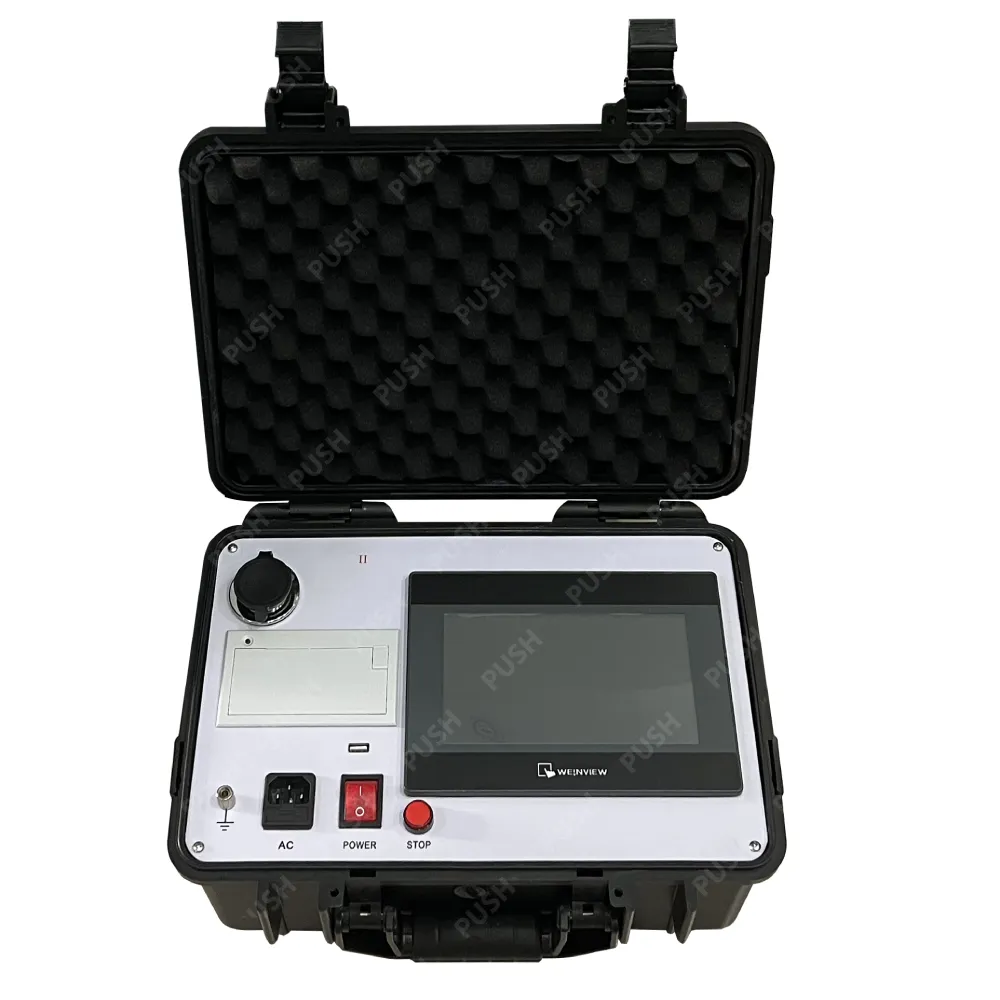 English
English


Flash Point Measuring Apparatus - Accurate & Reliable Testing Solutions
The Importance of Flash Point Measuring Apparatus in Ensuring Safety
Understanding the fire hazards associated with various liquids is crucial for industries that deal with flammable substances. One of the key properties that determines a liquid's flammability is its flash point, which is the lowest temperature at which it can vaporize to form an ignitable mixture in air. To accurately measure the flash point of liquids, various apparatuses are utilized, each with its unique methodologies and applications.
Flash point measuring apparatuses come in different types, including open cup and closed cup testers. The open cup method is often used for liquids with higher flash points, where the test sample is placed in an open container and heated until a flame is applied to the vapor above the liquid. This method provides a relatively simple approach and offers relevant data for many industrial processes. However, it can be less precise for low flash point materials, where vapor concentrations can vary significantly.
On the other hand, closed cup testers, such as the Pensky-Martens or the Tag closed cup apparatus, are designed to test liquids that may have low flash points. In these methods, the liquid sample is sealed in a container, reducing the influence of atmospheric conditions on the results. The closed environment allows for a more controlled measurement of vapor buildup, leading to more accurate readings of flash points, which is essential for assessing the fire risks of volatile substances.
flash point measuring apparatus

The selection of the appropriate flash point measuring apparatus is vital for compliance with safety regulations and standards. Industries that engage in the transportation, handling, or storage of flammable liquids are required to adhere to strict regulations, with flash point determinations playing a significant role in risk assessments. Accurate flash point data ensures that safety protocols are established, including proper storage conditions, usage guidelines, and emergency response strategies, thereby minimizing the risk of fire hazards.
Moreover, consistent advancements in technology are improving the accuracy and efficiency of flash point measuring apparatuses. Innovations like digital readouts, data logging, and automated testing systems are enhancing the ease of operation and reliability of results. These state-of-the-art devices allow for real-time monitoring and record-keeping, which are invaluable for regulatory compliance and incident investigations.
In conclusion, the flash point measuring apparatus serves as a critical tool in the safety management of flammable liquids. By providing accurate measurements, these devices help prevent accidents, ensure regulatory compliance, and foster a safer working environment. As industries continue to innovate and evolve, the importance of proper flash point measurement will remain a cornerstone of fire safety management, protecting both human life and property from the dangers posed by flammable substances. Investing in quality flash point measuring equipment is not just a regulatory requirement, but a significant step towards creating safer industrial practices.
-
Differences between open cup flash point tester and closed cup flash point testerNewsOct.31,2024
-
The Reliable Load Tap ChangerNewsOct.23,2024
-
The Essential Guide to Hipot TestersNewsOct.23,2024
-
The Digital Insulation TesterNewsOct.23,2024
-
The Best Earth Loop Impedance Tester for SaleNewsOct.23,2024
-
Tan Delta Tester--The Essential Tool for Electrical Insulation TestingNewsOct.23,2024





